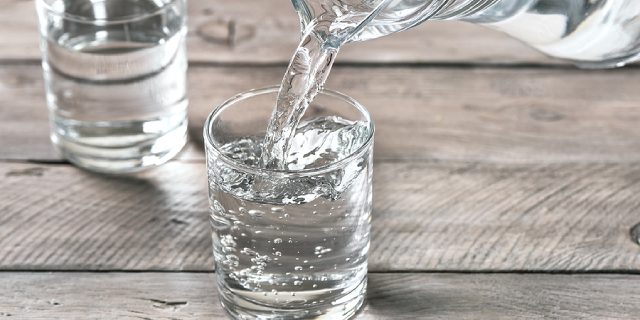The subject of microplastics has been making waves recently as recent discoveries have detected their presence in the oceans, air, and even the human body. Before diving into why this is such a big issue, we must first understand what microplastics are and the threat they pose.
What Are Microplastics and Their Risks?
Microplastics are tiny pieces of plastic that are generally less than five millimetres across and can be as small as 2.5 microns. Some microplastics form by breaking away from bigger plastics that have fragmented over time (similar to debris from tyre wear). Others are made small by design, like those cosmetic microbeads found in facial scrubs.
Today, countless consumer products contain intentionally-added microplastics, ranging from detergents and paints to cosmetics and medicines and even more. As these products naturally progress through their lifecycle, they eventually end up in the environment.
Due to their highly persistent nature, microplastics are nigh impossible to remove wherever they accumulate. Moreover, studies suggest that their chemical composition can be highly detrimental to any organism they come into contact with, such as causing poisoning, reduced feeding, and increased mortality. Apart from the environment, these microplastics are now even found in drinking water, hence their discovery in the human body.
Microplastics in Drinking Water
OrbMedia recently published their study, which analysed 159 water samples sourced from both bottled and tap water in 14 countries and found that over 80% of them had tiny plastic particles. The findings detailed that 4.34 plastic particles, on average, were present for every litre of water. The researchers expected undeveloped nations to have higher instances of microplastics in drinking water than developed ones because the latter had a more complex infrastructure. Still, the results revealed this did not matter. Microplastics were there regardless of the country’s wastewater and debris infrastructure.
Plastic is virtually indestructible and does not biodegrade, only breaking down into smaller pieces. Due to their minuscule size, studies show that these particles could potentially make their way into our bodily organs, such as migrating through the intestinal wall and travelling to the lymph nodes.
How to Safeguard Your Family Against Microplastics
Despite the looming and invisible threat of microplastics in drinking water, there already exists a solution for this problem: a water purifier in Singapore. The water filters found in these devices can significantly reduce and even thoroughly remove microplastics from drinking water. Since microplastics are typically less than five millimetres long, filters with pore sizes on the micron scale are sufficient to remove most microplastics in water physically.
At Wells, we offer a selection of industry-leading water purifiers in Singapore that feature a wide range of innovations but, most importantly, a potent 8-inch filter that uses the most comprehensive filtering system (most number of filtering steps) among direct-dispensing type water purifiers and removes seven types of heavy metals and 35 different types of harmful microorganisms. With this robust 2-part filtration system purifying your home’s water source, you can rest assured that your drinking water is free from all contaminants and microplastics.
Conclusion
Microplastics are becoming an increasingly prevalent problem that is raising flags across the world. With the continued use of plastic in various applications and the material’s non-biodegradable nature, it will take a collective effort to effectively deal with microplastics and prevent them from causing further harm.
If you are convinced that you need a water purifier at home, don’t forget to check out Wells’ lineup of water purifiers and water dispensers in Singapore to get the best protection you deserve. Apart from keeping your drinking water completely safe, our products also come equipped with a slew of state-of-the-art features that change the drinking experience, such as precise temperature control, passive infrared technology, tactile touch controls, child-safety lock, and more.
To learn more about our award-winning products, feel free to contact us or visit our showroom today!



